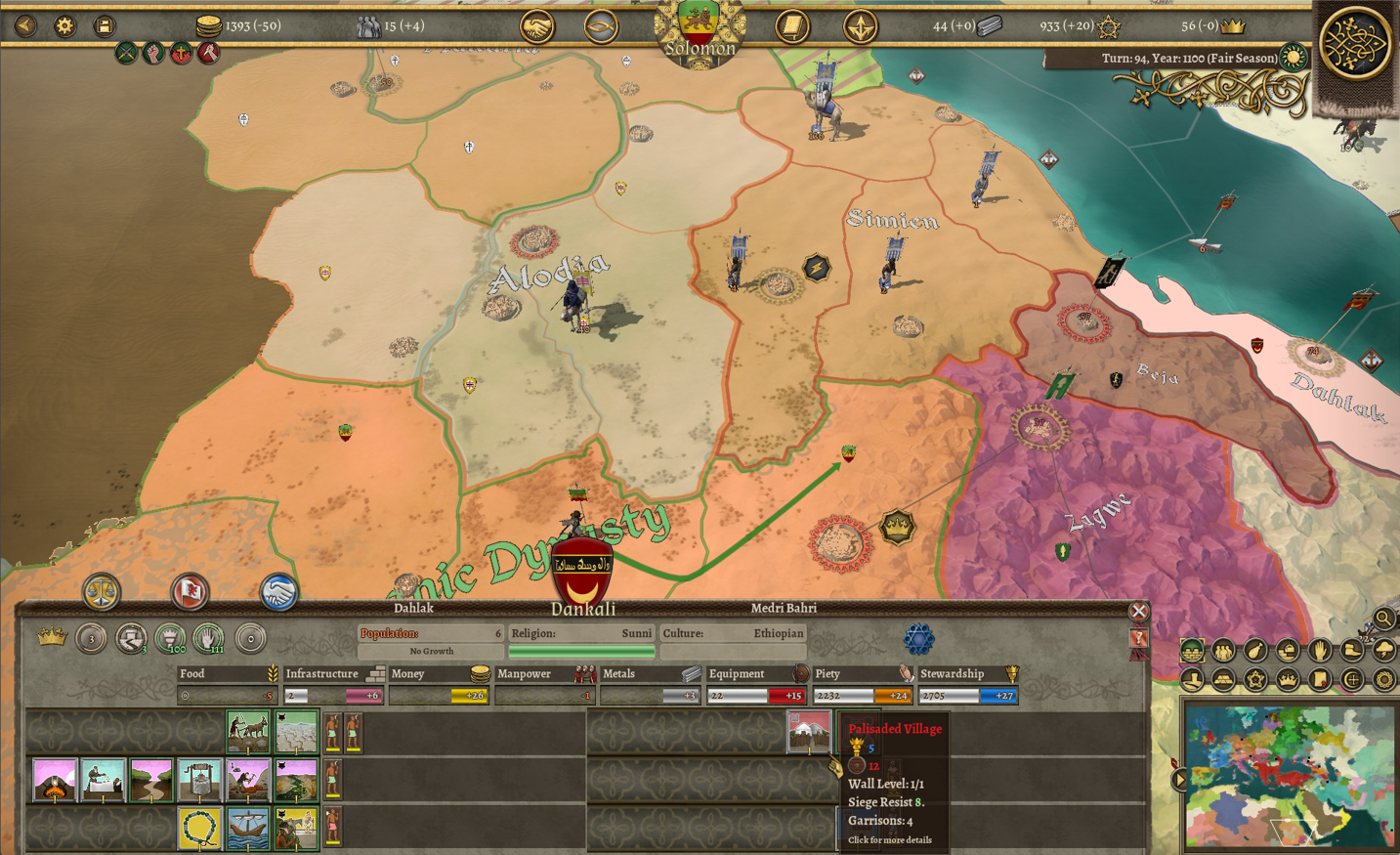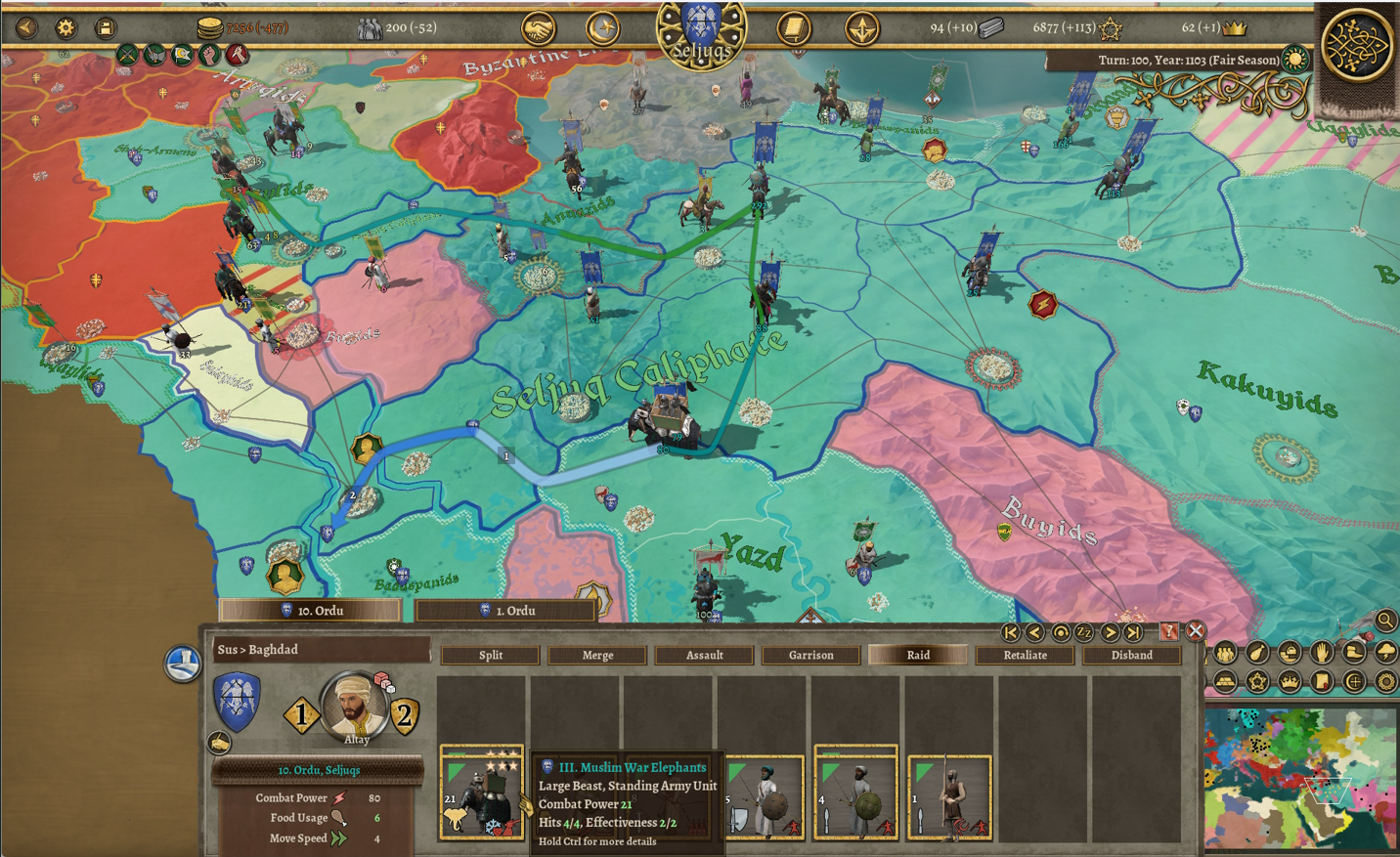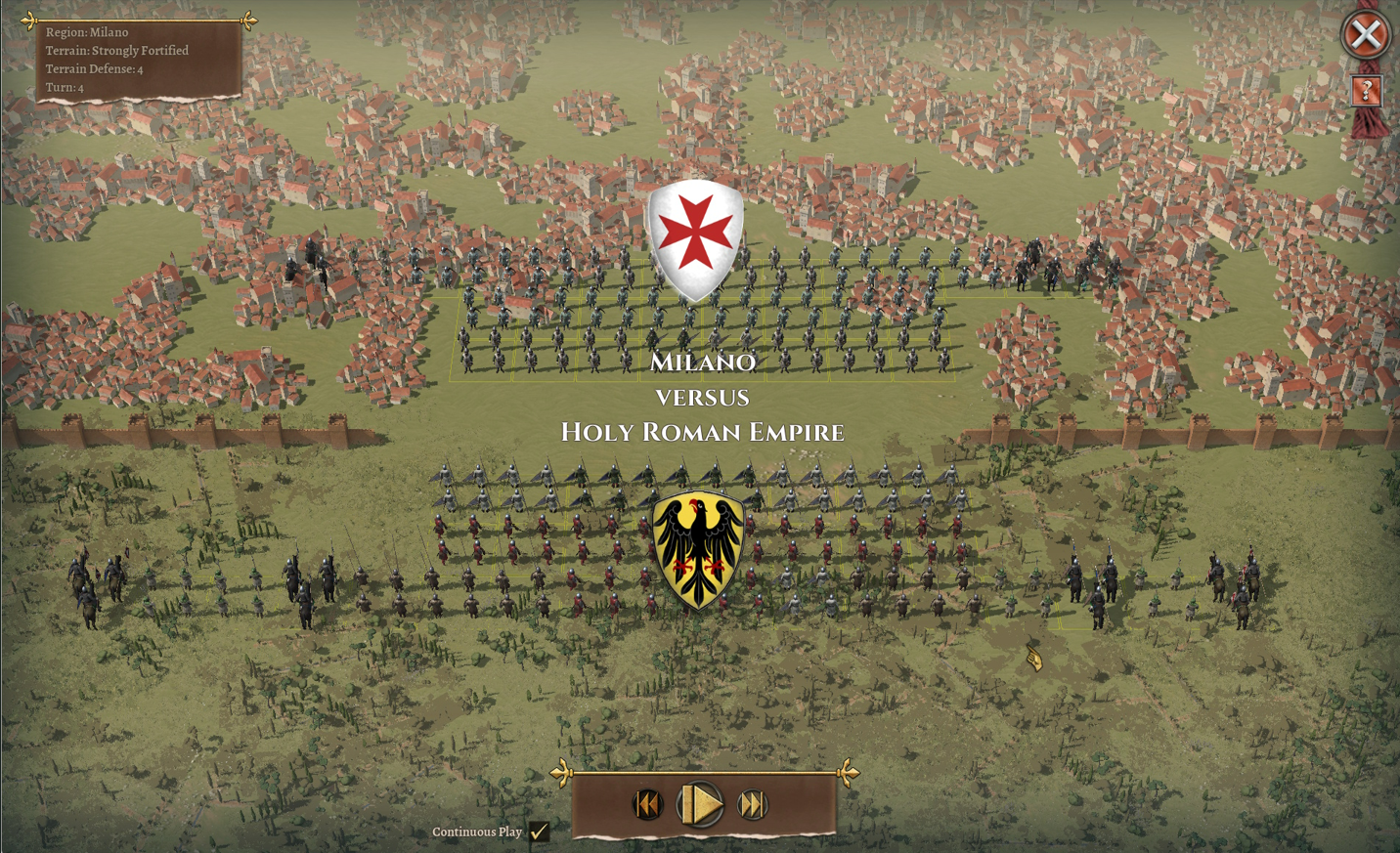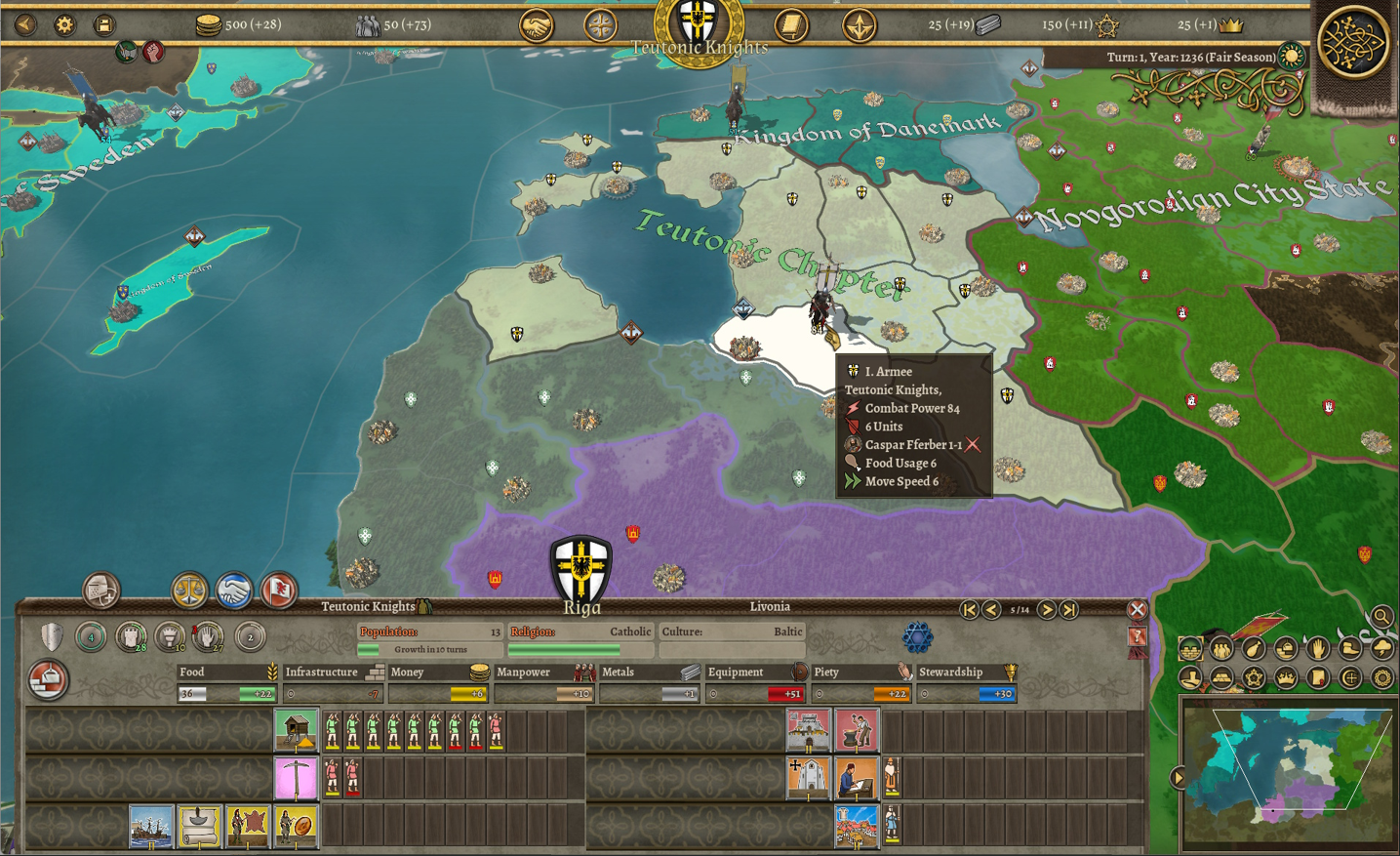Published on April 08, 2025
We’re thrilled to announce that Field of Glory: Kingdoms – Rajas and Tribes will be released on May 15th.
While you wait, we invite you to dive into the third Dev Diary for Rajas and Tribes, where we’ll explore the new campaigns and scenarios included in the DLC.
After covering the two major new features that benefit the newly added nations, it’s time to turn our attention to the additional scenarios introduced in this expansion. First things first: the brand-new campaign. The map now stretches significantly farther to the east and south, accommodating the new nations — but this expansion brings more than just geography. It introduces entirely new gameplay dynamics.
 Extended Map
Extended Map
In Africa, the Fatimids, who previously had a rather peaceful position (at least until the Crusades), now find themselves surrounded by over a dozen nations, such as the powerful Makuria, and another rising force, the Kingdom of Solomon (which benefits from several unique perks). To the far west, the Almoravids are now bordered by Ghana and Gao, who possess the Great Trades and War Campaigns perks, as well as more than 30 tribal buildings, some of which are particularly convenient and powerful. Our favorite is the one we affectionately call the “wife-o-matic”!
 Selijuqs Elephants
Selijuqs Elephants
Far to the east, several Indian nations make an appearance, and they’re not left behind either — they have access to the two new perks of the DLC, over 15 uniquely Indian buildings, and to top it all off, a lovely little perk with its own dedicated panel (you’ll hear more about that soon).
As for the Ghaznavid Sultanate, which previously only had a minor presence, it is now a major power in the region. And let’s not forget the mighty Seljuk Turks — already featured in the base game, they now receive several additional regions and are among the rare base-game nations to gain access to Great Trades and War Campaigns!
 Smaller Scenarios but mighty battles
Smaller Scenarios but mighty battles
To finish, the eastern steppes have also been greatly expanded in the DLC. Where there was previously only a small strip of land around the Caspian Sea, now thousands of kilometers of steppe open up to you… or rather, to the Mongols, who will be able to appear earlier on the map and will have a vast hinterland (in case you found them too weak before).
But that’s not all — the game also receives two additional, relatively complex scenarios. The first takes place in the north and recounts Alexander Nevsky’s struggle in Novgorod against the Teutonic Knights, as well as the Danes and Swedes. In the middle of it all are the pagans of Lithuania and Prussia, fighting for survival against the knights, and each faction has several unique features. This scenario is ideally sized if you want to play a PBEM game that has depth without dragging on for weeks.
 Nevsky scenario
Nevsky scenario
More complex is the Guelph vs Ghibellines scenario, in which the Holy Roman Empire and Barbarossa attempt to conquer Milan and bring the papacy to heel. Let’s be clear — this scenario is dense, and even includes a dedicated political filter to help you navigate it! Shifting alliances are not only possible but likely, and many decisions will allow you to undermine your neighbors’ loyalty or even assassinate an overly annoying monarch. It even includes what if options for human players — you can play as Venice, the Italo-Normans of southern Italy, or even Henry the Lion’s Bavaria, which historically, though part of the Empire, was at odds with the Emperor. So anything goes!
As you can see, beyond the major new features and dozens of additional buildings (and we still have a few surprises up our sleeve), the DLC brings its share of scenario changes and additions.


 Extended Map
Extended Map Selijuqs Elephants
Selijuqs Elephants Smaller Scenarios but mighty battles
Smaller Scenarios but mighty battles Nevsky scenario
Nevsky scenario



